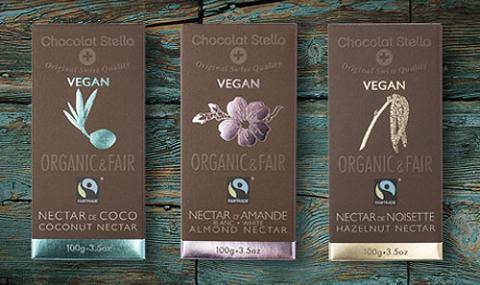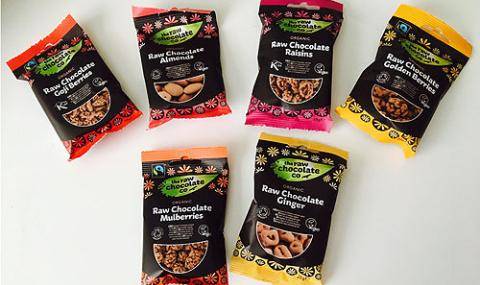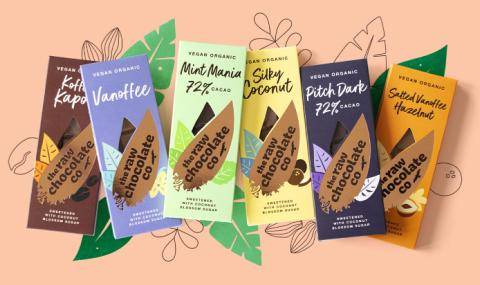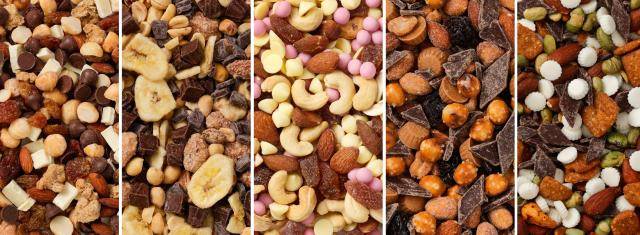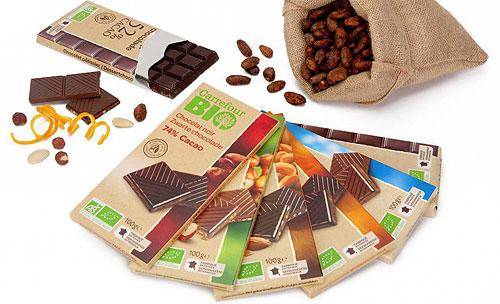
Catching up with the trend - Carrefour's own organic tablet range
Organic chocolate today is moving from niche to mainstream, capitalizing on persistent consumers’ interest in organic products. There are more and more organic offerings on the confectionery shelf, from established iconic brands and fancy boutique producers to own labels. Retailers have started recognizing the potential.
Discover the various dimensions of how organic can manifest itself in chocolate confectionery and get inspiration for your own product range.
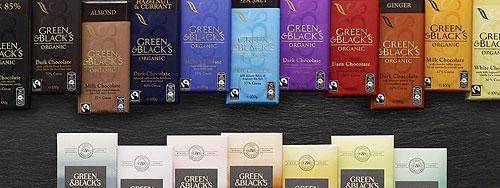
Green&Black’s proposition is centered around being organic and allows them a key position in the premium section of the supermarket shelf.
Organic chocolate market dynamics
Organic chocolate has been around for decades, with brands like the UK Green&Black’s (‘green’ standing for organic, and ‘black’ for dark chocolate) entering the space in the early 90s. The claim has consistently grown into a 30-million euro market in Western Europe, and is expected to continue gaining share at 3% year on year. Almost 30 years after its entrance,G&B’s has turned from a start-up into a prominent brand and has a broad number of competing offers. This is not surprising, considering organic is by far the No. 1 claim among new launches in Confectionery. (Source: Innova, 2015-2017)
Maximizing the impact
As seen in “Organic, from hype to a new lifestyle”, the organic claim has a wide halo of associated consumer perceptions, as it’s becoming more of a lifestyle and value system. As a result, organic rarely stands alone and is often supporting a more complex initiative, typically appearing in 3 main directions:
-
Fairtrade. As chocolate’s main ingredient, organic cocoa and its sourcing often go hand-in-hand with sustainability and fairness.
-
Free-from. Vegan is another booming lifestyle choice and fits well with the better nutrition trend, perfectly complementing organic.
-
Better-for-you (healthier ingredients). Organic implies ‘coming from nature’ and is therefore seen as more natural and healthier. To enhance that perception, various better-for-you claims such as healthier sugars or superfoods are a no-brainer solution.
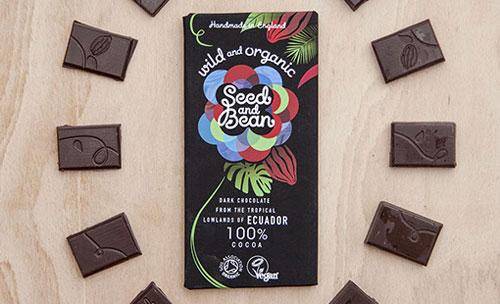
Premium quality
Today we’re observing a strong less-but-better trend in chocolate confectionery. Consumers are cutting down on chocolate consumption because of its reputation of being unhealthy, and are switching to higher-quality products, which taste better, are more sophisticated or are better for you. All of those are products are typically accompanied by a higher price tag, but consumers are willing to accept it, driving the premiumization trend.
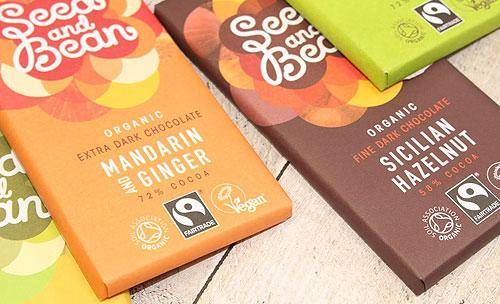
The ‘wild & organic’ Seed and Bean and their 100% cocoa Ecuador or the Sicilian Hazelnut tablets.
Organic propositions in chocolate today charge an average of 30% premium vs the market, as it ticks many of the ‘higher quality’ boxes. To get your share of that juicy pie, you can choose between many strategies:
Launch a ‘base’ organic chocolate range, where all of the ingredients have to be sourced organically, from chocolate to nuts to others. Highlighting the cocoa percentage in the recipe will further strengthen the quality credentials.
Explore smaller portions and thinner formats to dial up the healthier perception. Trade up even more by using a sophistication approach through single origins (direct link to organic cocoa) or exclusive ingredients (such as local, or special provenance inclusions).

